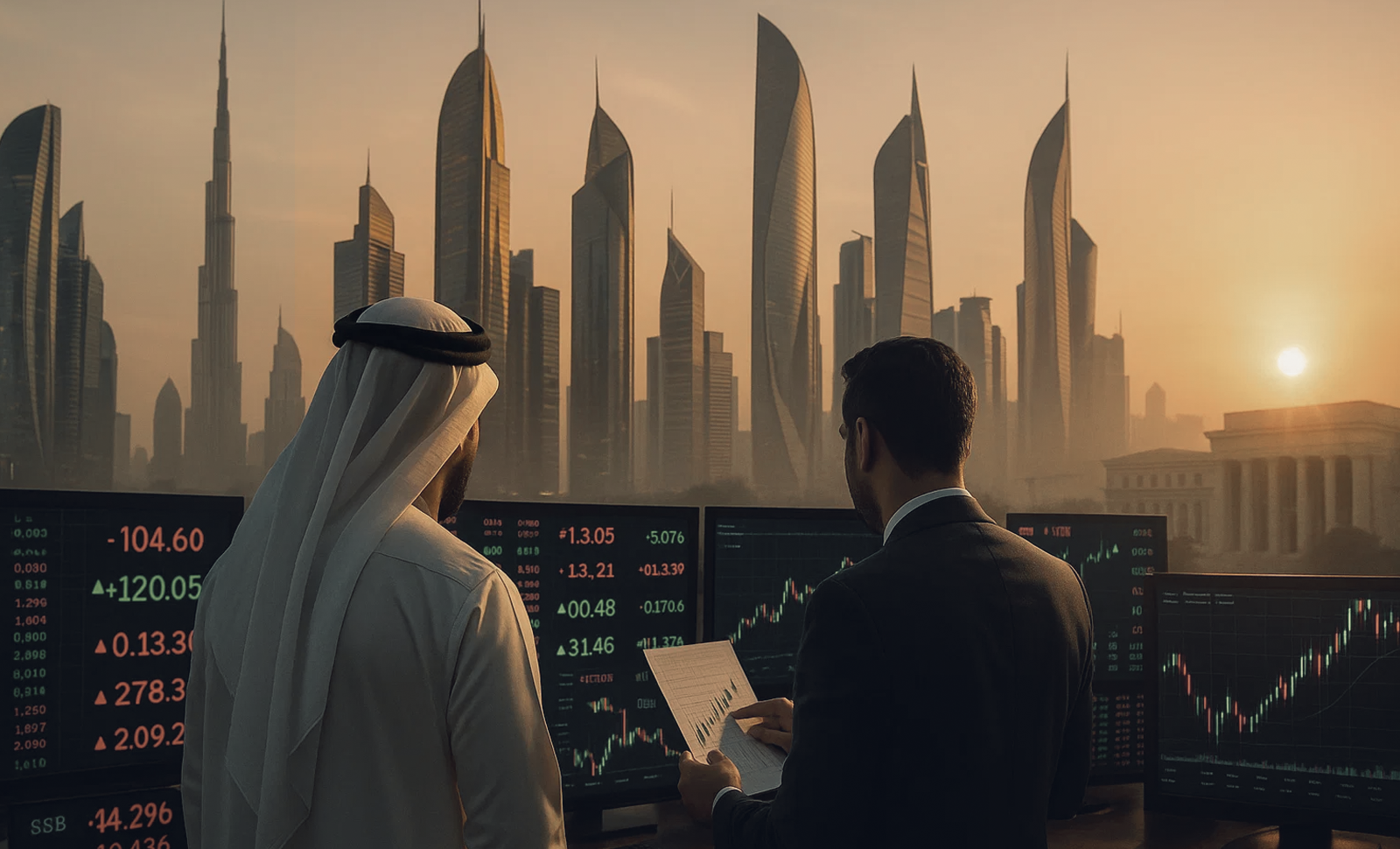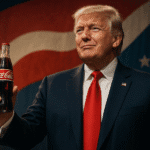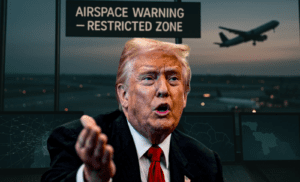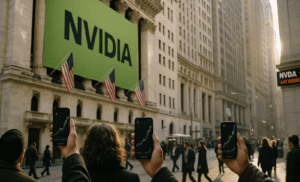The Washington Eye
Gulf stock markets surged mid‑July as investors focused on solid Q2 earnings across the region. Dubai led the rally, with its benchmark index climbing 0.6% on July 16, fueled by a 3.3% jump in Dubai Islamic Bank shares. In Abu Dhabi, financial heavyweights continued to impress: First Abu Dhabi Bank rose 2.5% and ADCB added 2.6%, extending its preceding 7.6% gain after posting AED 2.57 billion in Q2 net profit, a 10.7% year-over-year increase. These results underscore the resilience of Gulf banks and their appeal to both local and foreign investors.
Saudi Arabia Diverges Amid Market Rotation
In Saudi Arabia, the index finally broke a six-day losing streak with a modest 0.2% gain on July 16, according to Reuters. However, the broader trend remains fragile, Sadah’s market actually edged down 0.2% on July 17, weighed by declines in Al Rajhi Bank and Saudi Aramco shares. This divergence suggests investors are selectively rotating capital toward Gulf financials and away from energy-focused stocks amid uncertainty over oil prices and global growth.
U.S. Data and Policy: A Gulf Pivot
U.S. developments have emerged as a major driver. Weaker-than-expected U.S. inflation prints reassured markets on rate stability, providing relief to Gulf economies tied closely to the U.S. dollar due to currency pegs. These data herald a possible pivot by the Fed toward lower rates, exactly the kind of tailwind Gulf markets need. Meanwhile, U.S. consumer-driven summer demand buoyed oil prices, lifting sentiment across the Gulf.
Being dollar-pegged, Gulf monetary policy is inherently aligned with the Fed; any dovish turn carries significant regional implications. Softer U.S. rates support regional asset valuations, while stronger consumer data may encourage higher energy consumption, both amplifying Gulf investor confidence.
Foreign Capital Flocking In
Capital inflows reinforce local optimism: data from Kamco Invest show a 50% quarter-on-quarter jump in foreign investment into GCC equities during Q2, totaling $4.2 billion, according to Arab News. Saudi markets alone absorbed $1.4 billion of that, a stark increase from just $252 million in Q1, signaling renewed global faith in Saudi Arabia’s economic reforms. The UAE also attracted strong interest, with Abu Dhabi and Dubai drawing $1.33 billion and $462 million, respectively.
This surge reflects a broader trend: non-U.S. markets have outperformed, with MSCI ex‑U.S. returning 17% YTD versus 6% for the S&P 500, a divergence driven by a weakening dollar. U.S. investors, still heavily skewed toward domestic equities, may increasingly tap international markets (including the Gulf) seek yield and diversification.
Implications: Depth, Diversification & Vulnerabilities
The recent surge across Gulf equity markets carries significant strategic implications. Robust foreign capital inflows (particularly into Saudi Arabia, the UAE, and Qatar) signal a deepening confidence in regional capital markets. As this trend continues, it could enhance liquidity, reduce volatility, and support efforts to broaden investor participation across the Gulf, especially among domestic retail investors gaining access to platforms like Tadawul. At the same time, the rally suggests a meaningful diversification away from traditional oil dependency. The performance of financial and real estate equities, along with strong banking sector earnings, highlights the Gulf’s gradual transition toward a more balanced economic model. This reorientation is drawing attention to non-oil sectors that were previously undervalued or overlooked by global investors.
Yet, despite this positive momentum, Gulf markets remain fundamentally tethered to external forces. Chief among these is the trajectory of U.S. monetary policy. Because most Gulf currencies are pegged to the dollar, any major shifts in Federal Reserve policy reverberate almost instantly through the region’s financial system. Although current expectations favor a dovish stance from the Fed, any unforeseen shift toward hawkish policy (prompted by inflationary pressures or global instability) could quickly undermine market gains and shake investor confidence.
For global investors, particularly those based in the U.S., the Gulf now offers a compelling opportunity for portfolio diversification. As international equities outperform the U.S. in 2025 amid dollar weakness, the Gulf stands out not only for its relative currency stability but also for its growing corporate earnings power. However, investors must weigh these opportunities against ongoing vulnerabilities, including political risk, overexposure to U.S. policy swings, and the pace of regulatory reform. The region’s long-term attractiveness will hinge on its ability to institutionalize reforms, deepen market infrastructure, and maintain macroeconomic stability in a shifting global environment.
A Final Note
Solid corporate earnings have catalyzed a regional equity upswing, enhanced by dovish U.S. inflation signals and a waning dollar. Gulf markets are evolving from commodity-dependent plays into diversified hubs for financial and foreign investment. Still, their alignment with U.S. monetary policy remains a double-edged sword. Future gains will depend on structural progress in capital market development and maintaining global macro stability.
















